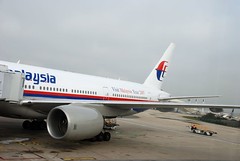Ohio House approves $7.6B transportation bill
(Source: Associated Press via Forbes)
House Democrats pushed through a plan that would enable Ohio to compete for federal money for a major passenger rail line despite the objections of Republicans.
The House on Thursday voted 53-45 – with only one Republican joining Democrats – to approve a $7.6 billion transportation spending blueprint, which includes $2.2 billion in federal stimulus money. The plan now heads to the GOP-controlled Senate, where many of its details will likely face heavy scrutiny.
House Republicans found a multitude of reasons to oppose the wide-ranging budget.
Many voted against the plan because it would enable law enforcement to pull over and cite motorists for failing to wear their seat belts. Currently, motorists can only be cited for a seat-belt violation if they are first pulled over for another offense.
GOP lawmakers also took issue with a pilot project that would enable traffic cameras to catch motorists speeding through construction zones on highways when workers are present.
Click here to read the entire article.

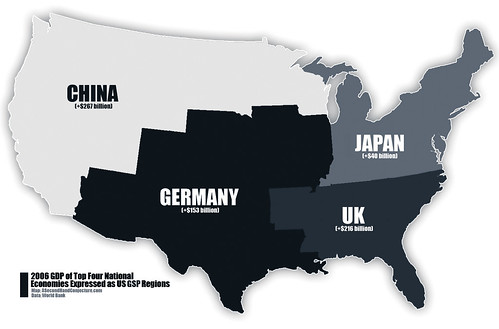
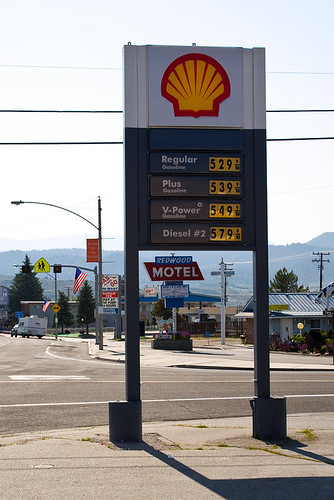
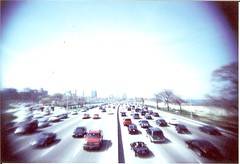
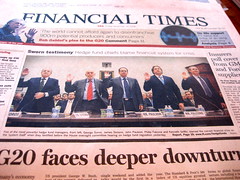
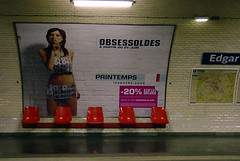
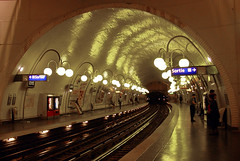
 (Source:
(Source: 